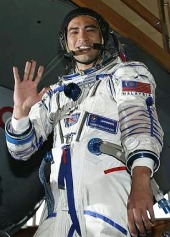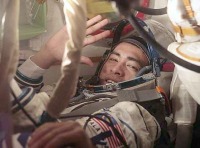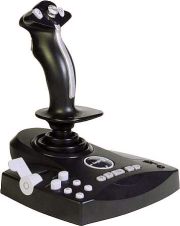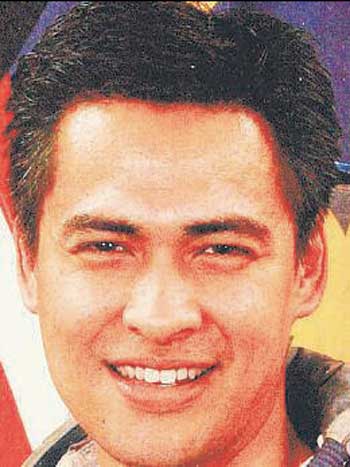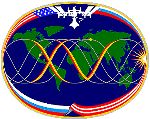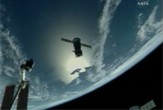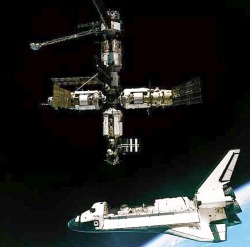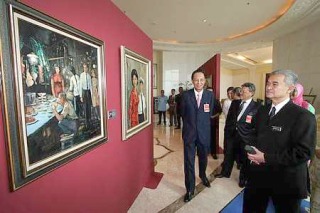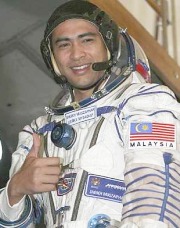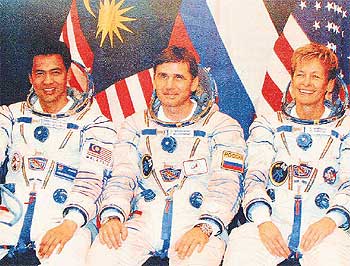The vacuum problem was easy enough to solve but weightlessness still poses challenges. Humans tend to lose muscle and bone mass after long periods in space. Mir was the first consistently inhabited long-term research station in space. Conceived as a modular design with various components to be assembled over a number of years from 1986 to 1996, it pioneered construction techniques that have made the ISS possible.
Mir was continuously occupied for nearly 10 years, until it was brought down from orbit on March 23, 2001, breaking apart during atmospheric re-entry over the Pacific Ocean.
Aside from groundbreaking technology, Mir lived up to its name by opening up a new era of peaceful international collaboration that gave opportunities to cosmonauts and astronauts from many different countries to experience life in space.
Space Condo
The greatest scientists and engineers from 16 nations have combined forces to build the first really sustainable community off the planet’s surface.
Orbiting at an average altitude of 250 statute miles (402km), it's like being in the penthouse of a condo with 134,110 floors, each storey being the standard 3m high.
The station can be seen from Earth with the naked eye. It travels at an average speed of 27,744km/h, completing 15.7 orbits per day.
The completed International Space Station will have a mass of about 471,736kg. It will measure 108m across and 88m long, with over 4,000 square metres of solar panels to provide electrical power to six state-of-the-art laboratories.
The cost of the ISS, including development, assembly and running costs over a period of at least 10 years, is estimated at 100bil euros (RM480bil).
It has a pressurised, inhabitable space of about 386 cubic metres. Translated into a typical condo unit down here with an average ceiling height of 3m or 10ft, you'll get a floor area of 1,363 sq ft (125 sq m). For RM352.2mil per sq ft, you don't even get a swimming pool! Are prices for living space in space out of this world or what?
That's not even counting the costs of the earlier space stations that helped develop the technology which has made the ISS possible.
One of the main goals of the ISS is to conduct scientific experiments that require one or more of the unusual conditions that can only be found out in space.
The main fields of research include biology (including biomedical research and biotechnology), physics, astronomy (including cosmology), and meteorology.
Up to this year, most of the studies have been on the long-term effects of micro-gravity on humans. The goal is to improve understanding of the effects of extended near-weightlessness on the human body.
Subjects such as muscle atrophy, bone loss, and fluid shifts need to be understood before humans can embark on lengthy space voyages and the next phase of space colonisation.
The effect of near-weightlessness on evolution, development and growth, and the internal processes of plants and animals are also studied.
When four new research modules are installed by 2010, more specialised research is expected to begin.
While the view is great and the crime rate is really low, there are risks. Apart from cosmic hazards such as radiation, solar storms, flares, etc, there is a very real threat from space junk.
There are "8,927 man-made objects officially tracked, 4 million pounds (nearly 2,000 tonnes) of stuff" in total, an estimated 110,000 objects 1cm and larger (http://www.space.com/spacewatch/space_junk.html), Some of the bits and pieces speed along at 28,000km/h, which is over nine times faster than a modern large-calibre sniper rifle bullet (854m/s or 3,000km/h).
Domino's can't deliver, you can't just call a radio cab, and the nearest 7-11 is over 400km away.


